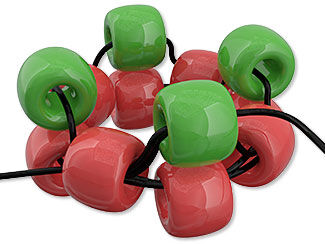Search Results For "ha2e"
Alphabetical List of Jewelry-Making Terms
All
a
b
c
d
e
f
g
h
i
j
k
l
m
n
o
p
q
r
s
t
u
v
w
x
y
z
Metal beads and components which have a human-created patina which alters the surface colors and gives the appearance of age.
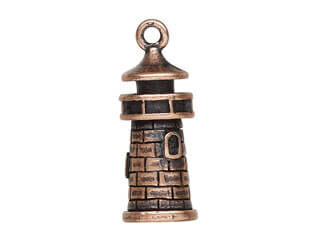
Named for the northern lights, aurora borealis is a term for crystal stones that have a highly iridescent surface. Often abbreviated to AB.
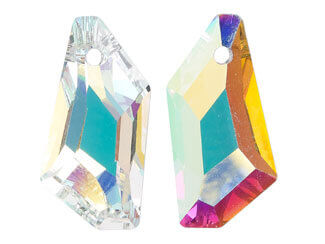
An inflexible circular bracelet, often narrow. Some styles may be hinged, however, most bangles have no clasp and must be slipped over the hand to be worn.
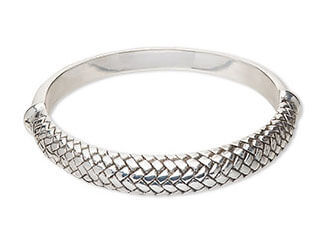
Brown-plated items have a polished copper core, dipped in a secret liquid brown compound. The items are then baked to fuse the coating into the metal.
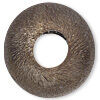
A form of chain with oval links that have been twisted, so that the entire chain lays flat.
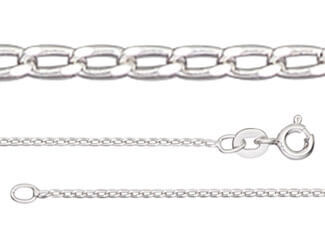
Name given to a layer of tiny quartz crystals which have formed on a gemstone.
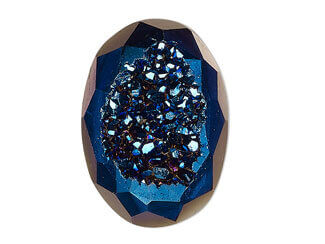
A half-circle band or ring of metal pinched around the side or middle edge of the ear. Some styles have a dangle or a chain to an earstud on the same ear.
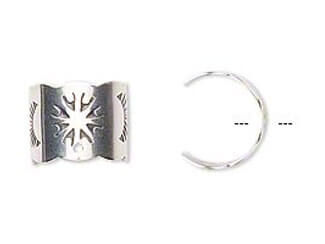
Decorated to resemble an eye, these beads date back to antiquity and have symbolic meanings. Often used in amulets.
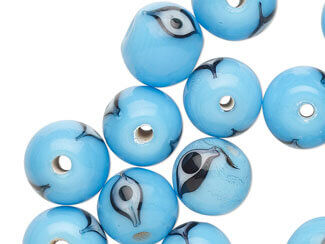
Items have an industry standard of .15 to .25 mils thickness of gold which is plated to the surface of the base metal.
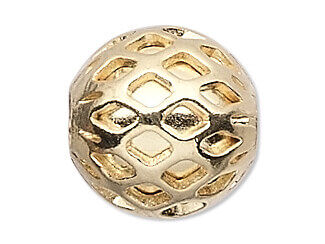
A gunmetal grey mineral form of iron oxide used in jewelry-making and décor objects. Sometimes magnetized. Believed to have metaphysical attributes.

Items have an industry standard of .15 to .25 mils thickness of nickel which is plated to the surface of the base metal.
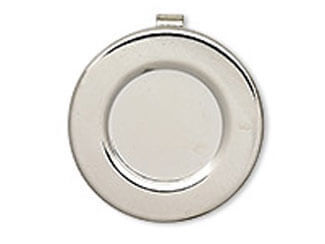
Pass through means to move your needle in the same direction that the beads have been strung. Pass back through means to move your needle in the opposite direction.
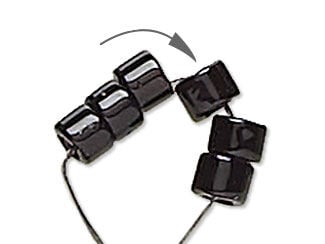
A metal alloy that is largely made from tin with trace elements, like copper or antimony added for hardness. Older or classic pewter contains tin while lower grades of pewter may contain lead or zinc and have a darker silver-grey color. Newer or modern pewter uses antimony or bismuth rather than lead.
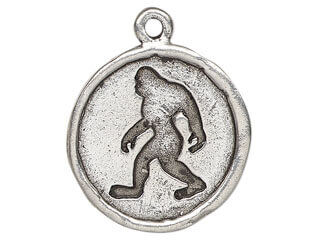
Natural stones that generally have a lower value than precious stones, including amethyst, aventurine, carnelian, garnet, opal, rose quartz and others.
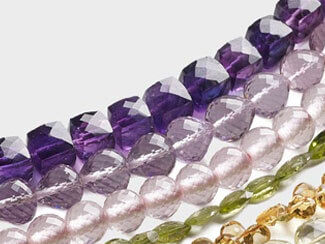
String an even number of beads and make a foundation circle by passing through them two more times, exiting from the first bead strung. String 1 bead and pass through the third bead of the foundation circle. String 1 bead and pass through the fifth bead of the foundation circle. Continue adding 1 bead at a time, skipping over 1 bead of the first round, until you have added half the number of beads of the first round. Exit from the first bead of the second round. String1 bead, pass through the second bead added in the second round and pull thread tight. String 1 bead and pass through the third bead added in the second round. Continue around, filling in the ''spaces'' 1 bead at a time. Exit from the first bead added in each round.
